Sony VPL-VW790ES Review
The VW790ES boldly goes where no home cinema projector has gone before
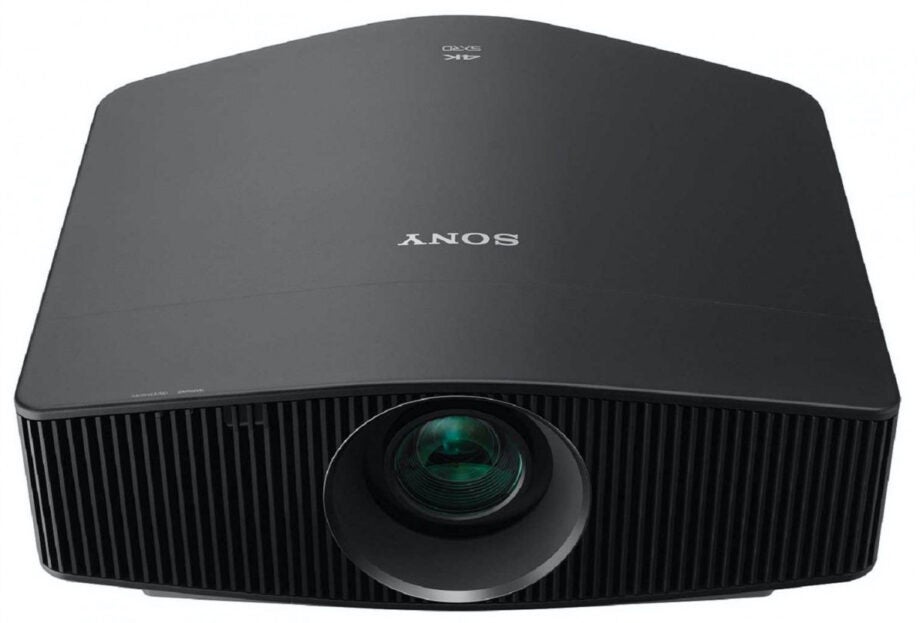

Verdict
The Sony VPL-VW790ES is a huge step forward both for laser projection technology, proving that projectors really can thrive in today’s glorious HDR world.
Pros
- Spectacularly bright, contrast- and colour-rich HDR pictures
- Excellent motorised lens control
- 20,000-hour laser life span
Cons
- One or two rivals can do better black levels
- No support for VRR, 4K/120Hz and ALLM next-gen gaming features
- Laser distractingly turns off for black shots when using the best Dynamic Control setting
Key Features
- Native 4K SXRD projector
- Low latency mode for gaming
- Dynamic Range Enhancer for improved HDR
Introduction
The Sony VPL-VW790ES is a native 4K laser projector that uses Sony’s proprietary SXRD optical system.
It’s designed for the serious home cinema market, and its killer app is that it makes high dynamic range video look better – much better – than it ever has before on any halfway affordable projector.
Availability
- UKRRP: £11999
- EuropeRRP: €11999
The Sony VPL-VW790ES was released in 2020 for £11,999. We’re waiting on confirmation for prices and availability in other regions.
Design
- Similar look as previous Sony 4K projectors
- Reassuring build quality
- Excellent remote
While the VPL-VW790ES might have some pretty exciting new stuff happening on the inside, from the outside it’s virtually indistinguishable from previous Sony 4K projectors. So you get the same large, centrally mounted lens, the same semi-elliptical sculpting, the same grilled front panel, and the same large footprint.
I wouldn’t say the footprint is excessively large, though, for a serious projector housing a laser-based lighting system. It certainly still fitted on my usual projector stand well enough. Its black finish also helps hide its presence in the sort of dark home cinema room it deserves to be housed in.
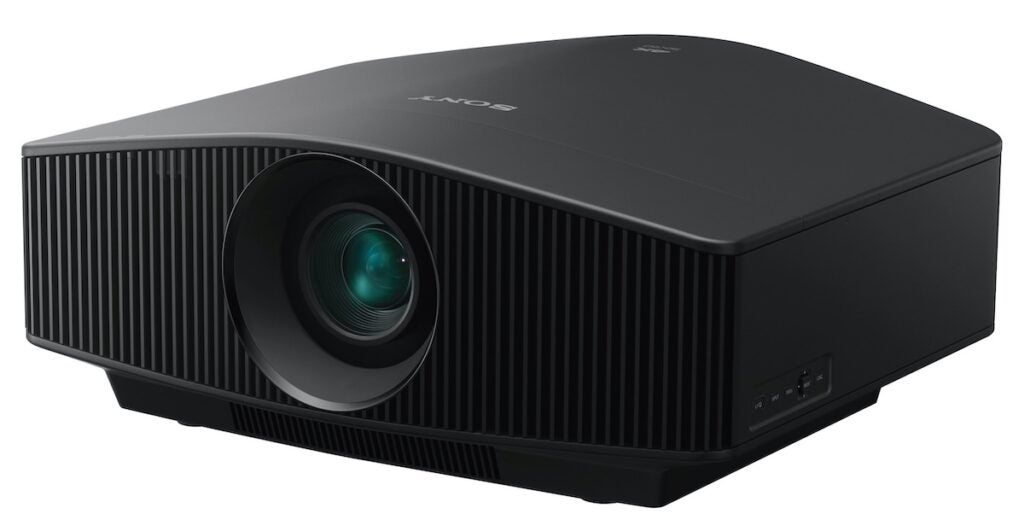
The build quality feels pleasingly heavy duty, and the projector is accompanied by one of the best remote controls around. This features backlit buttons, a helpful layout, and single-button access to fully motorised zoom, focus and optical image shifting tools.
Note that since this is a high-end home cinema projector designed to be part of a wider home theatre system, it carries no built in speakers.
Features
- X1 Projector processor takes cues from Sony TVs
- Native 4K, HDR
- 3D support included
The VPL-VW790ES is far from Sony’s first native 4K laser projector rodeo. It does, though, carry a couple of innovations that have a dramatic impact on its performance.
Particularly key is the Dynamic HDR Enhancer. This is an evolution of the Dual Contrast Control system Sony introduced with its previous laser projector generation, whereby clever signal processing boosts the brightness of light parts of a picture, while the laser light source is simultaneously reined in to maintain good black levels.
It works, essentially, like a dynamic tone mapping system, where the projector continually analyses and adjusts itself to incoming high dynamic range images to ensure that it always gets the most impact from them.
The other big step forward for the VW790ES is its X1 For Projector processor. This takes many of its picture processing cues from the now legendary X1 Ultimate processor Sony uses in its premium TVs – though obviously it’s been adapted to suit projection rather than LCD and OLED TV screens.
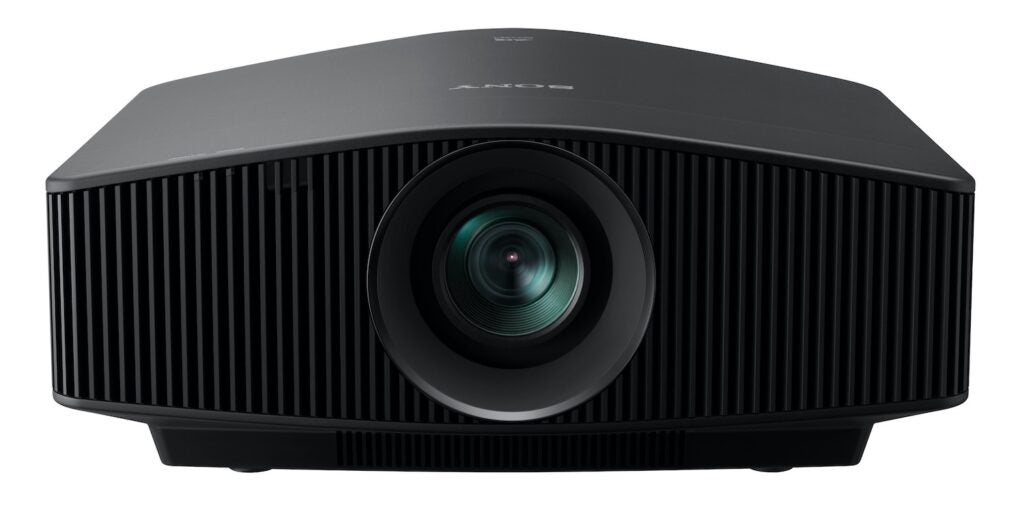
The X1 For Projector system actually powers the Dynamic HDR Enhancer. But it’s also designed to deliver benefits in areas such as sharpness (via Sony’s Reality Creation processing ‘suite’), noise suppression, motion reproduction and a generally more ‘local’ approach to image processing that sees different rules being applied to different parts of any given image, rather than a single rule being applied across the entire image.
When it comes to 4K projection, getting the full impact of all that resolution onto your screen isn’t just a matter of carrying 4096×2160 pixels. The VW790ES also combines a high quality lens with something Sony calls a Digital Focus Optimizer. This analyses the picture down to individual pixel level using proprietary algorithms to hunt out and correct any potential focus-related blurring or image degradation.
The VW790ES’s HDR support includes the HLG format as well as the industry standard HDR10, but there’s no provision for Dolby Vision or HDR10+. This is hardly surprising, though, given that support for the so-called active HDR formats, which provide extra scene by scene image information, is currently extremely rare in the serious projector world. The only model we’ve seen to offer it so far is the HDR10+-supporting Samsung Premiere LSP9T.
The VW790ES supports 3D (though no glasses are included), and as you’d hope from the brand that brought us the PlayStation 5, it provides an Input Lag Reduction mode that enables the projector to only take around 35.9ms to produce its images.
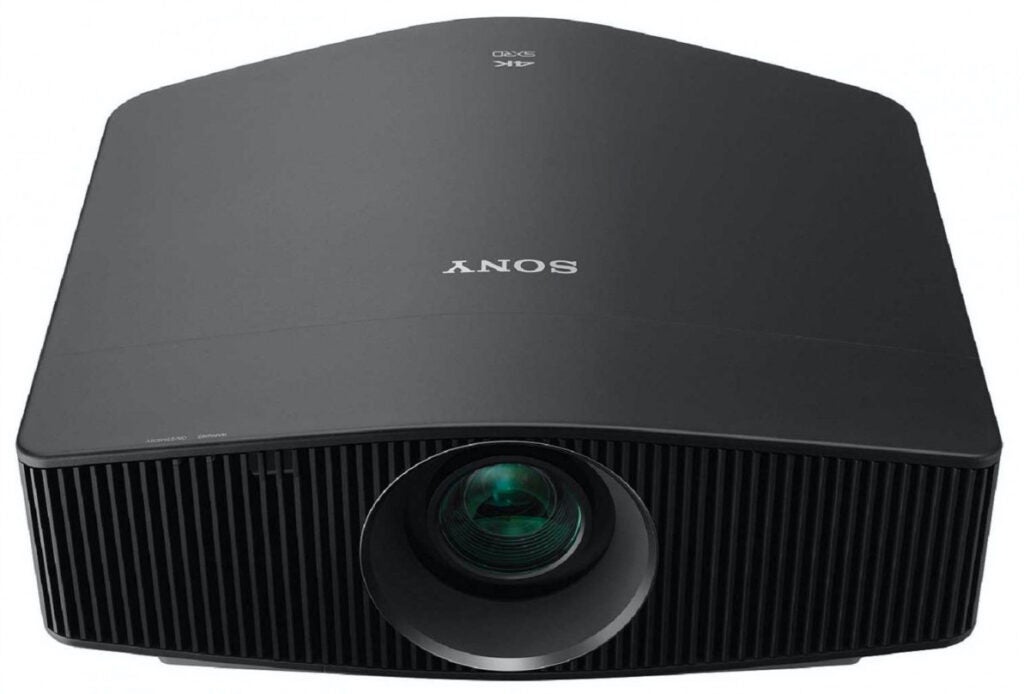
Connections comprise a pair of HDMIs, a 12V trigger port, an RS-232 control port, a LAN for service use, and a mini jack IR port to aid system integration.
The two HDMIs are unfortunately limited to 18Gbps bandwidths, meaning they can’t support such new gaming features as 4K at 120Hz and variable refresh rates. But then no other projector, so far as I’m aware, currently supports such features either.
Turning finally to the VW790ES’s other claimed specifications, it delivers a very helpful x2.06 level of optical zoom, a promising 2000 lumens of brightness (the same as the previous VW760ES), and a, um, optimistic contrast ratio of infinity:1. I’ll come back to this contrast ratio figure in particular in the next section.
Performance
- Compelling HDR performance
- Sharp, detailed 4K pictures
- Superior upscaling
The VW790ES’s performance with 4K Blu-rays basically rewrites the ‘affordable’ (as in, less than £50,000!) home cinema projector rule book.
Never before have I seen a projector that costs anywhere near what the VW790ES does deliver such a compelling performance with high dynamic range content. The Middle and High settings of the Dynamic Range Enhancer feature introduce so much intensity and punch to bright image highlights that you really feel like you’re witnessing HDR, rather than some halfway house imitation of it.
What’s even more astounding about this is that these HDR highlights are achieved with seemingly no compromise to the projector’s core black levels. In other words, the Dynamic Range Enhancer does exactly what it said it would: boosts the brightness of highlight areas while simultaneously holding on to realistic dark areas.
A great scene for seeing what the Dynamic Range Enhancer can do crops up in Spider-Man: Far From Home, where Spidey fights a Fire Elemental at night in Prague. The extra lift the flames of the Elemental get against the consistently dark sky around it as you move up the Dynamic Range Enhancer’s settings is truly a sight to behold.
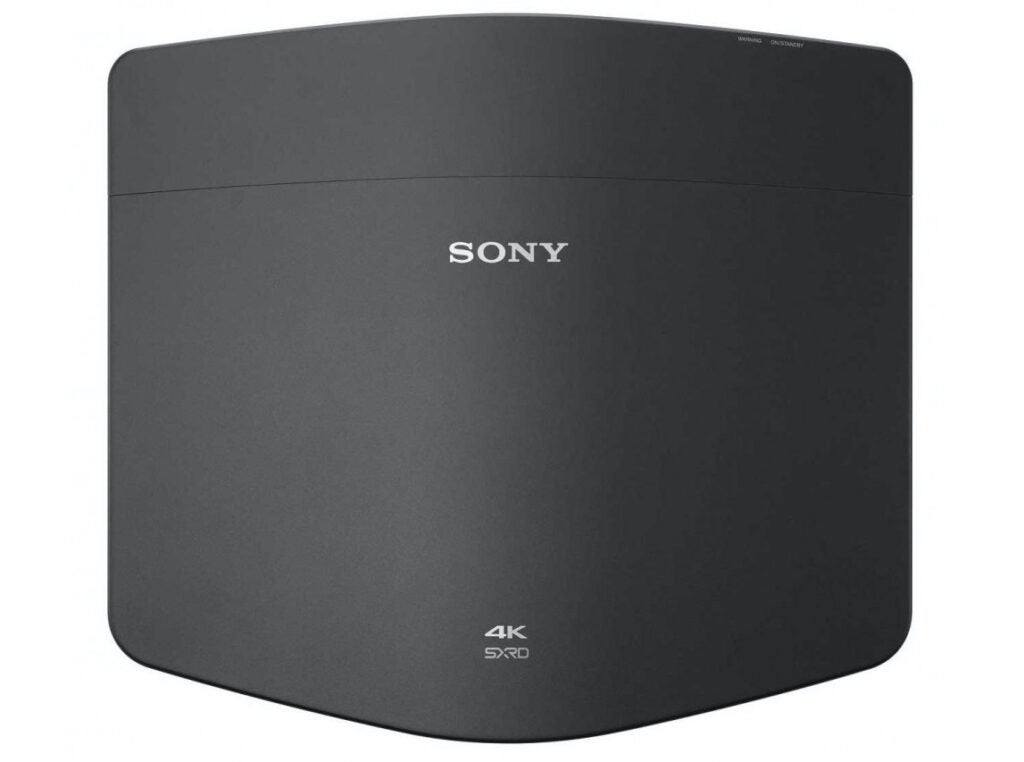
We’re not just talking about a light boost for the Elemental’s flames (and the fairground lights in the background), either. The Dynamic Range Enhancer also, crucially, boosts colour saturation, ensuring the picture doesn’t start to look washed out in the way that can happen when higher brightness alone is applied to a picture.
The High setting of the Dynamic Range Enhancer actually comes on a bit too strong. Yes, you initially appreciate its dazzling contrast and dynamism, but the longer you watch it, the more you start to notice detail being clipped out of the brightest areas, and the richest colours starting to look cartoony. So for me, the Middle setting is the one to stick with.
While it’s the VW790ES’s dazzling HDR highlights that most catch the eye in the context of the projector world, its general brightness is also exceptional. The Film 1 preset, in particular, produces truly startling levels of full-screen brightness for a projector, giving, for instance, daylight sequences much more impact than the same scenes have in SDR.
We’re not talking about the real ‘daylight’ feel you can get with extremely bright premium TVs, of course. Projectors will never be able to achieve levels of HDR intensity and local contrast to rival the best TVs. But Sony has come at the issue swinging with the VW790ES like never before, and ended up with easily the most all-round enjoyable HDR projector I’ve seen. And that’s not meant to sound like damning with faint praise. Watching the VW790ES with HDR sources truly is a fantastic spectacle.
The VPL-VW790ES also produces fantastically sharp, detailed native 4K pictures. There’s more clarity, texture, depth and transparency (in the sense that the images feel real and pure enough to immerse you totally) than you get with even the very best of the many ‘pseudo’ 4K projectors out there. And nowhere are the benefits of 4K more apparent than in the king-sized world of projector images.
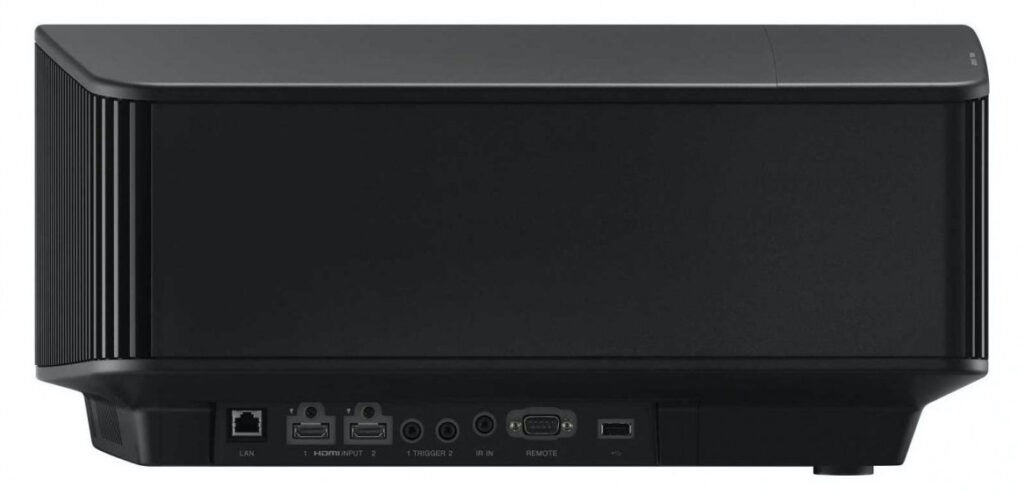
The extreme clarity seems to hold good right into the image’s corners, too, presumably as the Digital Focus Optimiser earns its corn without, again, making the image look in any way processed.
The sense of clarity is further enhanced by the VW790ES’s outstanding colour management, which brings out the subtlest of tones right across the image’s light range, from the darkest corners to the lightest bright spots. So long as you aren’t using the Dynamic Range Enhancer’s High setting, anyway.
Also doing its bit in keeping the 4K feel high is Sony’s True Cinema Motionflow setting, which gets as close to recreating a commercial cinema ‘feel’ during action-packed scenes as any motion processing mode I’ve seen.
Finally, joining forces with the new X1 For Projector processor takes Sony’s Reality Creation system to a whole new level. Toggling it on and off clearly shows what a substantial difference it can make to detail and sharpness. And it now does this without generating any significant unwanted side effects.
Part of this Reality Creation advance is likely down to the X1 chips providing more advanced understanding of the difference between real image data and video noise. Also, though, it introduces a new processing element to the Super Resolution feature that’s able to identify and provide extra enhancement to the most extremely detailed parts of pictures.
The VW790ES’s X1 For Projector processor does not carry the excellent Dual Database upscaling system available with Sony’s X1 Ultimate TV chip (or the new X1 Ultimate for Projector processor that’s going into Sony’s new mega-expensive GTZ380 projector). The projector is nonetheless a superior upscaler of HD sources, delivering them with plenty of extra pixel density, detail and texture, but without the results looking artificial, forced, gritty or processed. Colour, too, retains pretty much all of its subtlety and naturalism as it passes through the upscaling system.
While Sony has applied the lion’s share of its enhancements for the VW790ES to its HDR performance, it is still also a fantastic performer with SDR. Especially if you go for the Film 2 preset, which maintains more natural skin tones.
In fact, its black level performance is slightly better with SDR than HDR, and it continues to bring out exceptional amounts of subtle detail and tonal gradations even within SDR’s much narrower range of light.
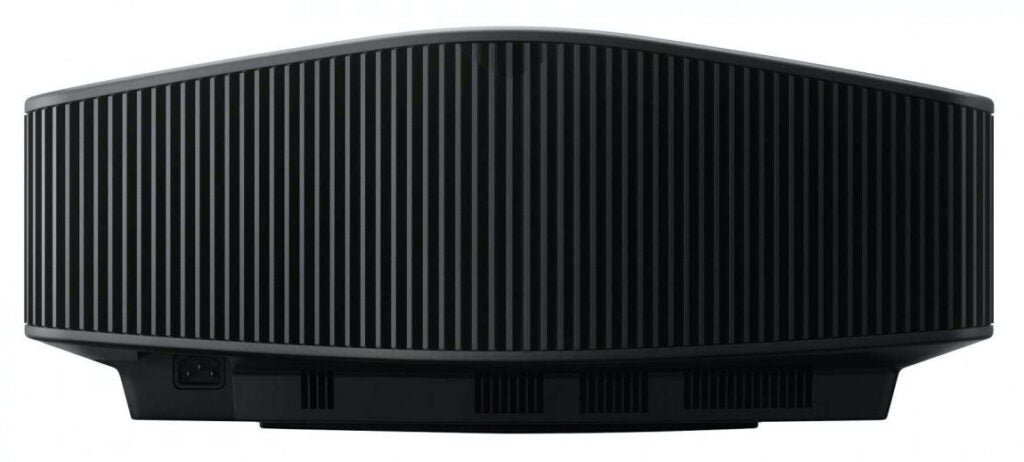
There are a couple of ‘practical’ strengths to report, too. First, the laser lighting system is claimed to be good for 20,000 hours of use. There’s no need to keep replacing lamps every few thousand hours like you do with normal lamp projectors. Nor should the performance of the laser deteriorate over its life time anywhere near as significantly as lamps usually deteriorate over their shorter life spans.
Finally in the plus column, the VPL-VW790ES puts its large bodywork to great use in keeping itself decently cool without kicking out excessive amounts of fan noise. Even when you’re running it in HDR mode, where the laser is working particularly hard.
The VW790ES isn’t a compromise-free zone. For instance, the extreme brightness you can get from laser lighting is notoriously hard to control, and despite the brilliance of the Dynamic Contrast Enhancer black levels are good rather than great in the context of the premium projector world at large. JVC’s D-ILA technology still reigns supreme in this area.
The projector also turns off its laser completely during a fade to black if you’re using the Full option for the VW795ES’s Dynamic Control setting. This explains the Infinity:1 contrast ratio claim I mentioned earlier. Actually, though, fully turning off the laser in this way can be quite distracting, as you can clearly see where the laser goes off and then flickers back to life when the black shot ends. This problem disappears if you don’t use the Full Dynamic Control option – but that means not choosing the Dynamic Control setting that also delivers the most deep and convincing black levels.
Areas of fine colour blend in some HDR areas can show faint traces of colour banding, despite the best efforts of the X1 For Projector processor.
Finally, I should point out that while the VW790ES can deliver accurate pictures via its Reference picture preset, this turns off the Dynamic HDR Enhancer and so leaves images looking much flatter and duller – much less HDR, really – than they look with the Dynamic HDR Enhancer on. And really the whole idea of ‘accurate HDR’ on a projector is a bit of a misnomer. All you can hope for is that a projector makes the best of it. And that’s exactly what the VW790ES does – to a spectacular extent – better than anything else in its class.
Should you buy it?
You want spectacular picture quality The Sony gets more genuine joy from today’s 4K HDR pictures than anything else in its class. While projectors will always have a tricky time dealing with HDR, this Sony is the most capable we’ve seen yet.
You want the best black levels If you want the very best black levels around while also saving a couple of grand, and you’re willing to sacrifice some HDR punch, then as an alternative you could consider JVC’s lamp-based DLA-N7.
Verdict
The Sony VPL-VW790ES is a huge step forward both for laser projection technology, proving that projectors really can thrive in today’s glorious HDR world.







